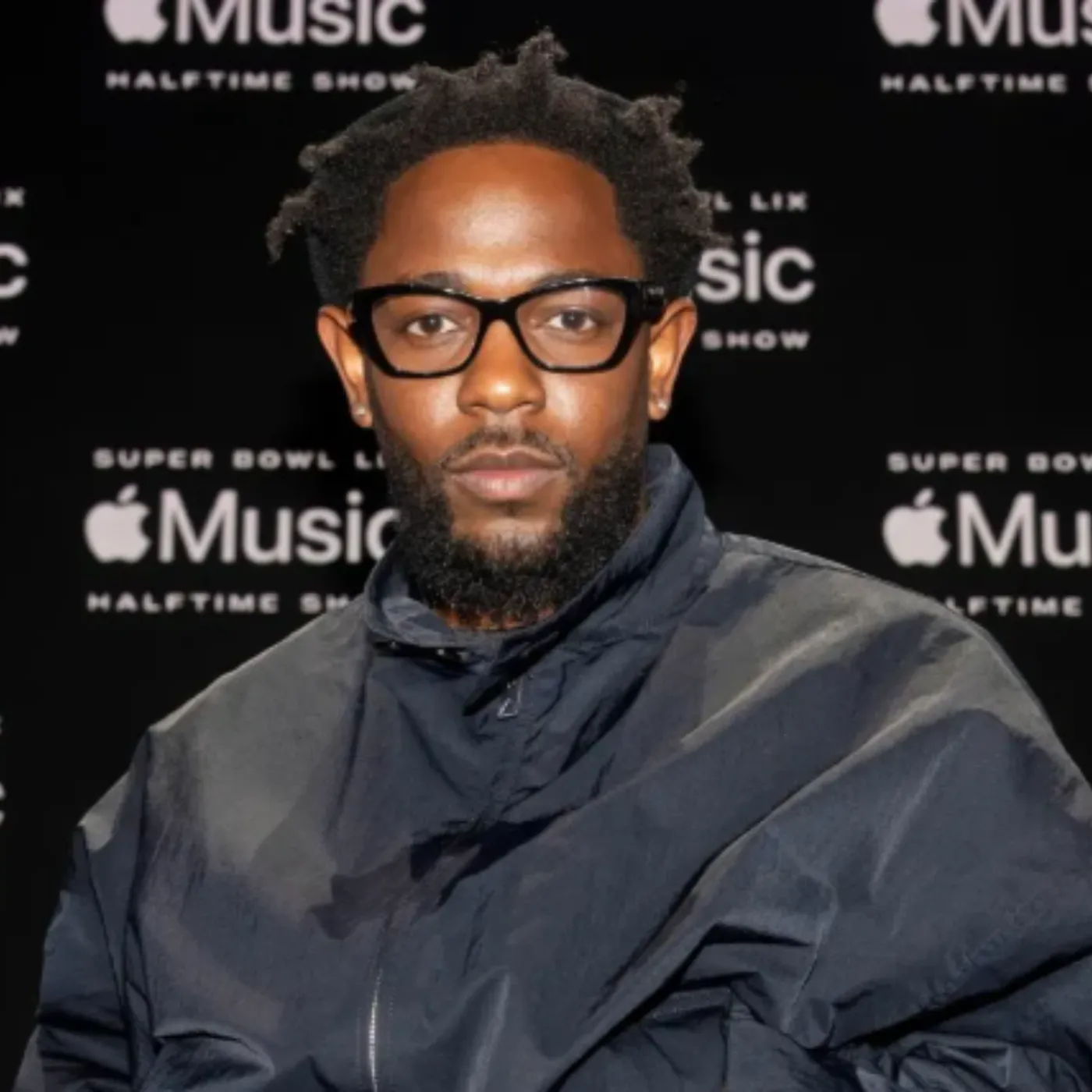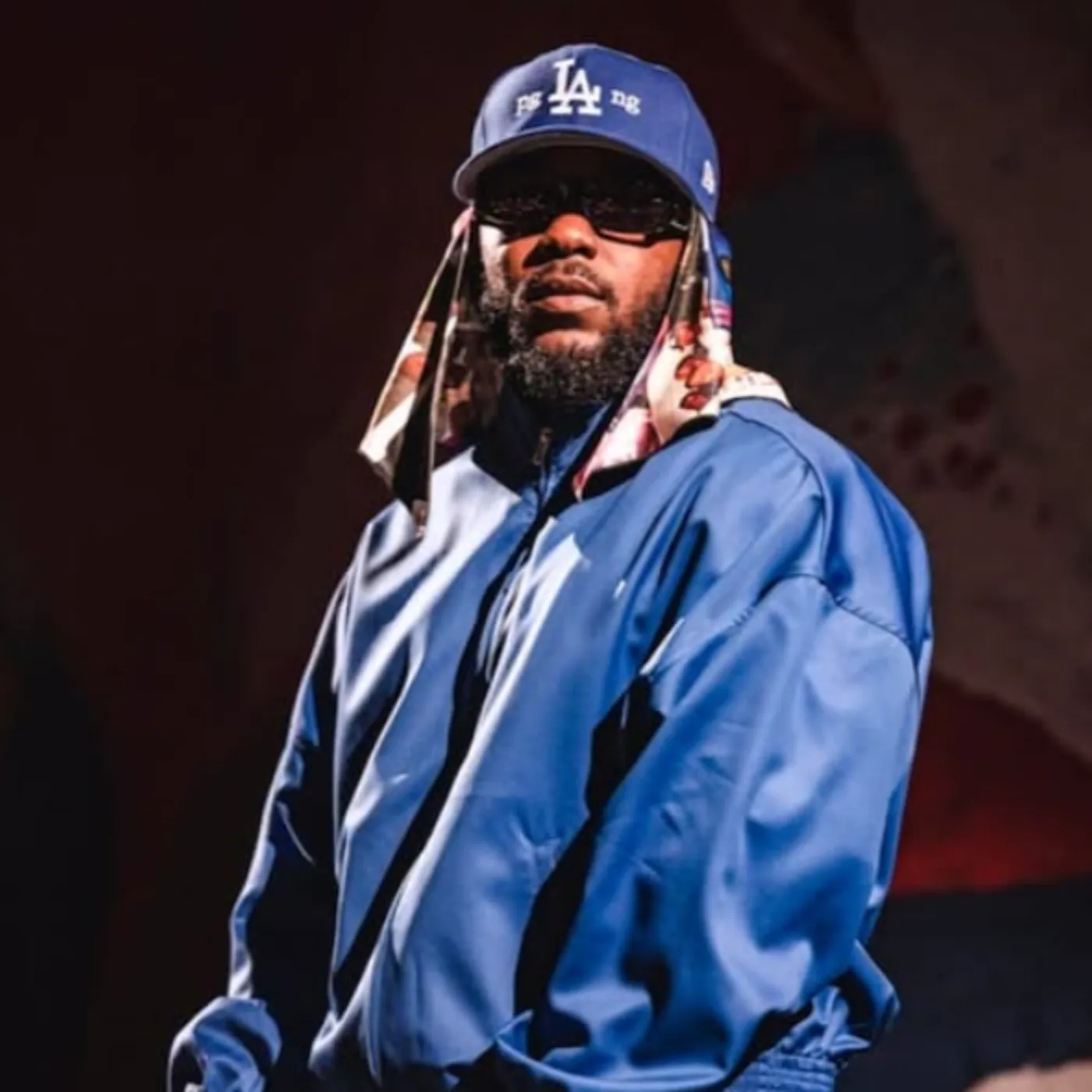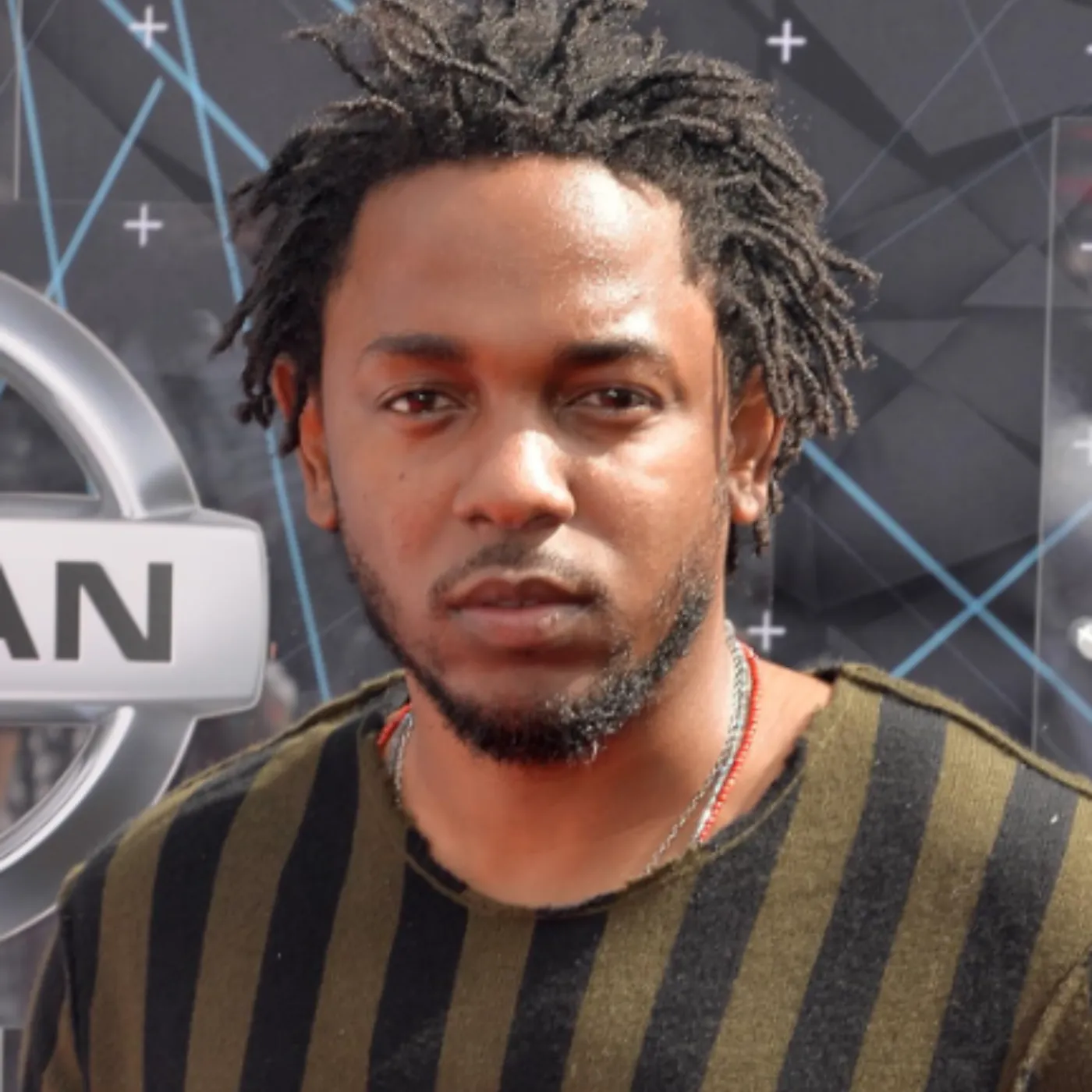

Kendrick Lamar Is Considered the Greatest Storyteller in Hip-Hop
Few artists have managed to balance artistic innovation, mainstream success, and cultural commentary the way Kendrick Lamar has. From his beginnings in Compton, California, to winning the Pulitzer Prize for Music, Lamar has built a career that transcends hip-hop. His storytelling, visual artistry, and dedication to authenticity have made him one of the most important voices in modern music.
This article explores Kendrick Lamar’s journey, his groundbreaking albums, his ventures into creative spaces like pgLang, and his lasting influence on both music and culture.

From Compton Roots to Global Stardom
Kendrick Lamar Duckworth was born and raised in Compton, a city with a legendary but turbulent place in hip-hop history. Inspired by icons like Tupac Shakur and Dr. Dre, Lamar began writing rhymes as a teenager, creating a voice that reflected his environment while also pushing beyond it.
His early mixtapes gained underground attention, but it was the release of Section.80 in 2011 that marked his arrival as a serious artist. With sharp lyricism and a socially conscious outlook, Lamar immediately stood apart from his peers.
However, the true turning point came in 2012 with good kid, m.A.A.d city. This concept album told the story of Lamar’s youth in Compton, blending vivid narratives, cinematic skits, and powerful production. Critics hailed it as a masterpiece, and fans around the world connected with its authenticity. It was described as “a short film in audio form,” and it became a defining moment in hip-hop history.
The Evolution of Kendrick Lamar’s Music
Kendrick Lamar’s music is not just entertainment—it is art with purpose. His discography reveals an artist constantly evolving, refusing to repeat himself.
To Pimp a Butterfly (2015): This album combined jazz, funk, and spoken word to explore themes of identity, race, and resilience. It was hailed as one of the most ambitious works in hip-hop, drawing comparisons to socially conscious records from previous generations. Songs like “Alright” became anthems of hope and resistance.
DAMN. (2017): With this project, Lamar struck a balance between commercial success and profound artistry. Tracks like “DNA.” and “HUMBLE.” dominated the charts, while the album as a whole showcased his introspective side. Its impact was historic—Lamar won the Pulitzer Prize for Music, making him the first non-classical or jazz artist to do so.
Mr. Morale & the Big Steppers (2022): His most recent album dives deeply into themes of personal growth, trauma, and responsibility. With layered production and vulnerable lyrics, Lamar once again pushed the boundaries of hip-hop as a genre.
Each project has not only expanded his own artistry but also challenged listeners to think critically about the world around them.
Kendrick Lamar as a Visual Storyteller
Beyond music, Kendrick Lamar’s visuals are central to his artistry. His collaborations with directors like Dave Free have produced some of the most iconic music videos in recent memory.
The levitating scenes in “Alright” became symbolic of hope and defiance.
The striking imagery in “HUMBLE.” challenged perceptions of beauty, fame, and authenticity.
“The Heart Part 5” used deepfake technology to transform Lamar into different cultural figures, underscoring themes of empathy, identity, and perspective.
These visuals are not just promotional tools—they are extensions of his storytelling, making his work resonate on multiple levels.
pgLang: A New Creative Frontier
In 2020, Lamar co-founded pgLang with longtime collaborator Dave Free. The company describes itself as a “multilingual service company,” but in reality, it’s much more:
A creative studio that produces music videos, short films, and brand campaigns.
A platform for emerging artists, most notably Baby Keem, who has become one of hip-hop’s rising stars.
A cultural hub that merges music, fashion, film, and storytelling.
pgLang has worked on global campaigns, including projects for brands like Calvin Klein, while also supporting international creative projects. For Lamar, pgLang represents a way to move beyond traditional record label structures and redefine how art interacts with culture.
Challenges and Controversies
As with any trailblazing career, Lamar’s path has not been without challenges. Touring at a global scale comes with risks, as seen with the cancellation of a Grand National Tour stop in Bogotá, Colombia. While logistical issues were cited, the incident reflected the high expectations and pressures that come with being one of the world’s most in-demand artists.
Still, Lamar has navigated these challenges with resilience and integrity. Unlike many artists, he rarely engages in unnecessary controversies, preferring to let his art speak for itself. This commitment has earned him respect not only from fans but also from critics and fellow musicians.
The Legacy of Kendrick Lamar
Kendrick Lamar’s impact extends far beyond the music charts. His influence can be felt across culture, academia, and future generations of artists.
Cultural Voice: Lamar addresses issues of race, inequality, and identity with nuance, becoming a trusted voice for a generation seeking authenticity.
Academic Recognition: His albums, especially To Pimp a Butterfly, have been studied in universities for their literary and cultural significance.
Artistic Inspiration: Countless young rappers cite Lamar as a key influence, showing how his work has reshaped hip-hop’s landscape.
Global Relevance: Despite his deeply personal and regional storytelling, Lamar’s themes resonate worldwide, proving the universality of his art.
Kendrick Lamar and the Redefinition of Hip-Hop
What sets Kendrick Lamar apart is his ability to redefine hip-hop without abandoning its roots. He honors the tradition of storytelling established by pioneers like Nas and Tupac, while also pushing the genre into new spaces with jazz, funk, rock, and experimental production.
His work demonstrates that hip-hop can be:
Literary: With complex rhyme schemes and layered narratives.
Cinematic: Through storytelling that feels like a movie in audio form.
Philosophical: Exploring themes of morality, faith, and personal responsibility.
Universal: Speaking to issues that go beyond Compton, resonating with listeners across continents.
In doing so, Kendrick Lamar has expanded the definition of what hip-hop can be—transforming it from a music genre into a cultural movement.
Kendrick Lamar’s Influence on the Next Generation
Emerging artists consistently point to Lamar as a role model. His cousin Baby Keem has already achieved commercial success, in part through collaborations with Lamar, including the Grammy-winning track “Family Ties.”
Beyond family, rappers like J. Cole, Joey Bada$$, and even global stars from outside the U.S. have acknowledged the inspiration Lamar provides. His ability to balance mainstream appeal with deep artistry offers a blueprint for the future of music.
Why Kendrick Lamar Matters Today
In a world dominated by fast consumption and fleeting trends, Kendrick Lamar represents longevity and depth. His albums are not made for a single season; they are built to be revisited, studied, and felt for years to come.
Lamar’s importance lies not only in his achievements but also in his approach: authenticity, storytelling, and a relentless commitment to pushing boundaries. He reminds the world that hip-hop can be both commercially powerful and artistically profound.
Kendrick Lamar’s Ongoing Legacy
From Compton to the global stage, Kendrick Lamar has redefined what it means to be a hip-hop artist. His music challenges, inspires, and provokes thought, while his ventures like pgLang show that he is equally invested in shaping culture beyond the microphone.
At this stage of his career, Lamar is more than a rapper—he is a cultural innovator, a storyteller, and a voice of a generation. His legacy continues to grow, reminding us that authenticity and vision can create art that lasts forever.



















